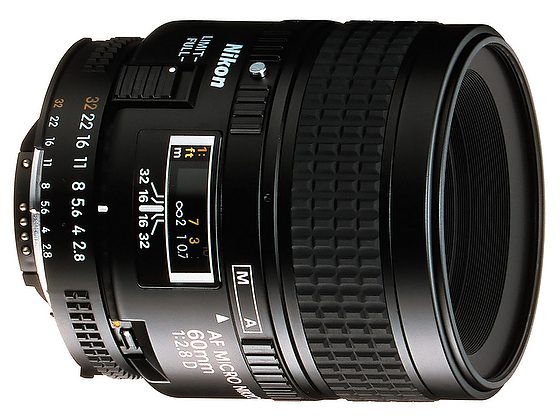I have had this Nikon AF 60mm f/2.8 D Micro for a while and use it occasionally. I was curious today about what this would do on my Fuji X-E2. I knew the results I was getting with my Nikon full-frame cameras, but I just shot the Nikon D750 to show you the difference in the crop factor more than anything. I shot all the photos as close as the lens would focus.
 |
| Fuji X-E2, Nikon AF 60mm f/2.8 D Micro, ISO 200, ƒ–wide open, 1/8 |
Since the lens is attached to my Fuji X-E2 with the Nikon G AFS lens to Fujifilm Fuji X-Pro1 X-E1 Adapter Aperture Control Ring, I wasn’t sure what the exact ƒ-stop was due to the extension tube factor. So I probably added a stop.
I set it up this way. First, I shot the photo using the 10-second timer delay.
 |
| Fuji X-E2, Nikon AF 60mm f/2.8 D Micro, ISO 200, ƒ–closed down, 8 sec |
You can see the photo is better than a one-to-one ratio. I only shot two pictures with the lens. One wide open and one closed down.
Now to get a comparison for the crop factor, here are the Nikon D750 photos.
 |
| Nikon D750, Nikon AF 60mm f/2.8 D Micro, ISO 100, ƒ/5, 1/15 |
The extension tube put the lens further from the film plane on the Fuji and thus created an even shallower depth-of-field than the Nikon D750. The second factor is the cropped effect.
 |
| Nikon D750, Nikon AF 60mm f/2.8 D Micro, ISO 100, ƒ/57, 6 sec |
You can also see the exact ƒ-stops and notice that even with the D750 shooting one ISO slower than the Fuji, the shutter was open much longer due to the extension tube.
I was using a tripod to keep the camera still. With the Nikon D750, I used the Nikon ML-L3 Wireless Remote Control Infrared to trigger the camera. I chose the “Remote mirror-up” setting, which lets you lock the mirror up and take a photo. You press it once, and the mirror locks up, and then a second time to take the picture. Here is an earlier post on this technique.
If you have other lenses for a DSLR, then get a converter and see what those lenses can do. The cool thing with a mirrorless is that you can see what you are getting and get the lens critically focused since you can see the results before you click the shutter.



